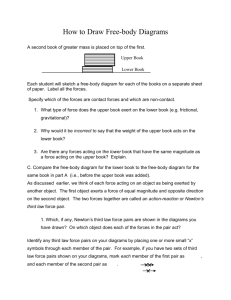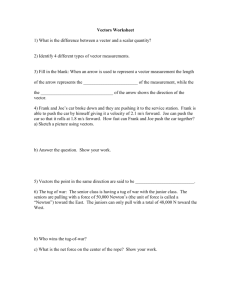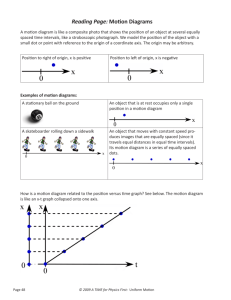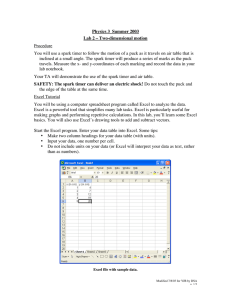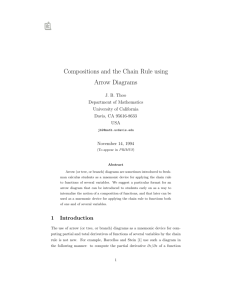Energy diagrams 3: Vector addition
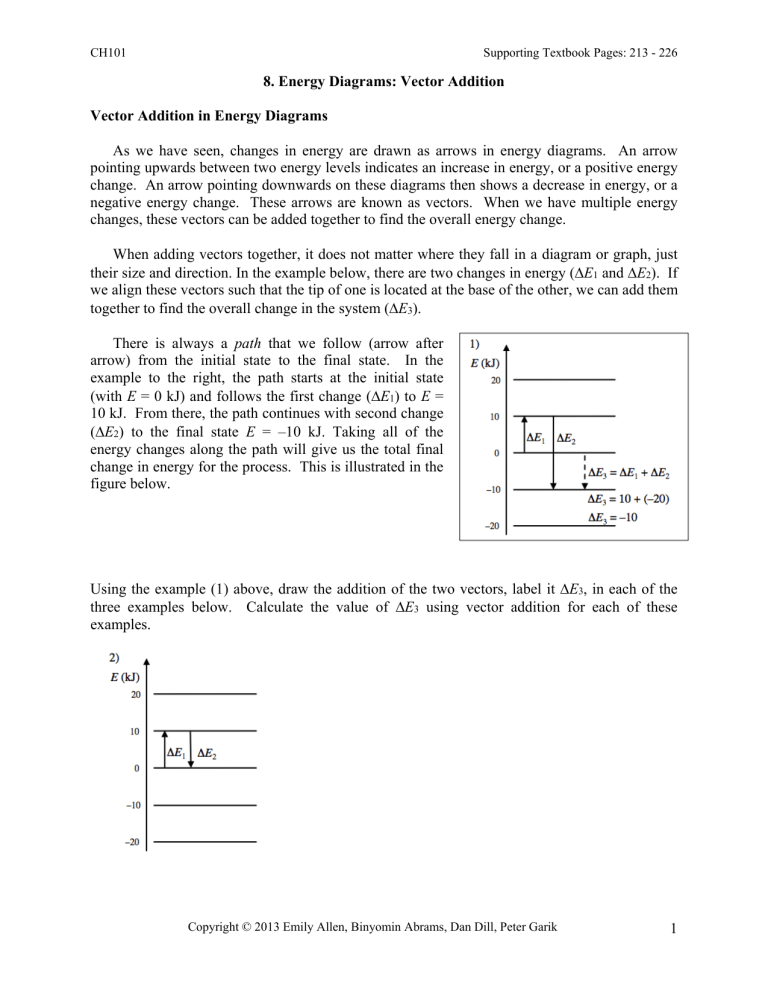
CH101 Supporting Textbook Pages: 213 - 226
8. Energy Diagrams: Vector Addition
Vector Addition in Energy Diagrams
As we have seen, changes in energy are drawn as arrows in energy diagrams. An arrow pointing upwards between two energy levels indicates an increase in energy, or a positive energy change. An arrow pointing downwards on these diagrams then shows a decrease in energy, or a negative energy change. These arrows are known as vectors. When we have multiple energy changes, these vectors can be added together to find the overall energy change.
When adding vectors together, it does not matter where they fall in a diagram or graph, just their size and direction. In the example below, there are two changes in energy (
E
1
and
E
2
). If we align these vectors such that the tip of one is located at the base of the other, we can add them together to find the overall change in the system (
E
3
).
There is always a path that we follow (arrow after arrow) from the initial state to the final state. In the example to the right, the path starts at the initial state
(with E = 0 kJ) and follows the first change (
E
1
) to E =
10 kJ. From there, the path continues with second change
(
E
2
) to the final state E = –10 kJ. Taking all of the energy changes along the path will give us the total final change in energy for the process. This is illustrated in the figure below.
Using the example (1) above, draw the addition of the two vectors, label it
E
3
, in each of the three examples below. Calculate the value of
E
3
using vector addition for each of these examples.
Copyright © 2013 Emily Allen, Binyomin Abrams, Dan Dill, Peter Garik 1
2







